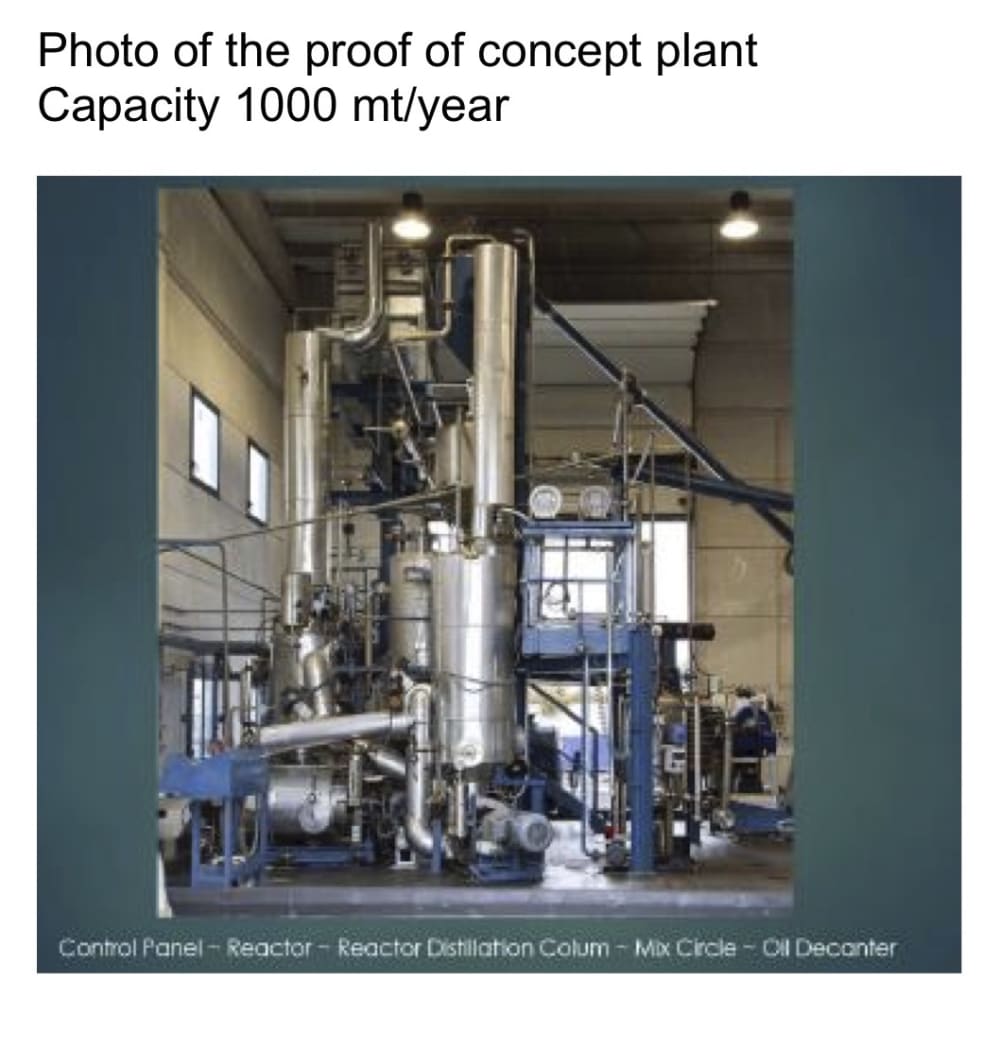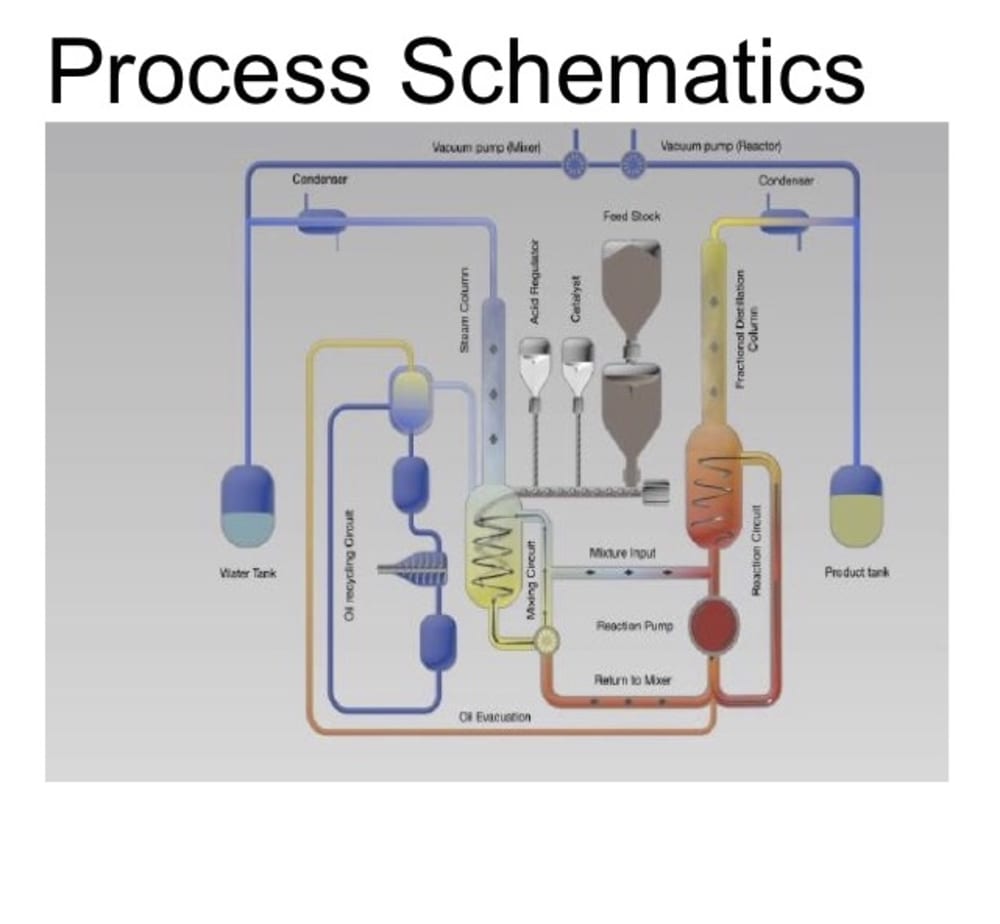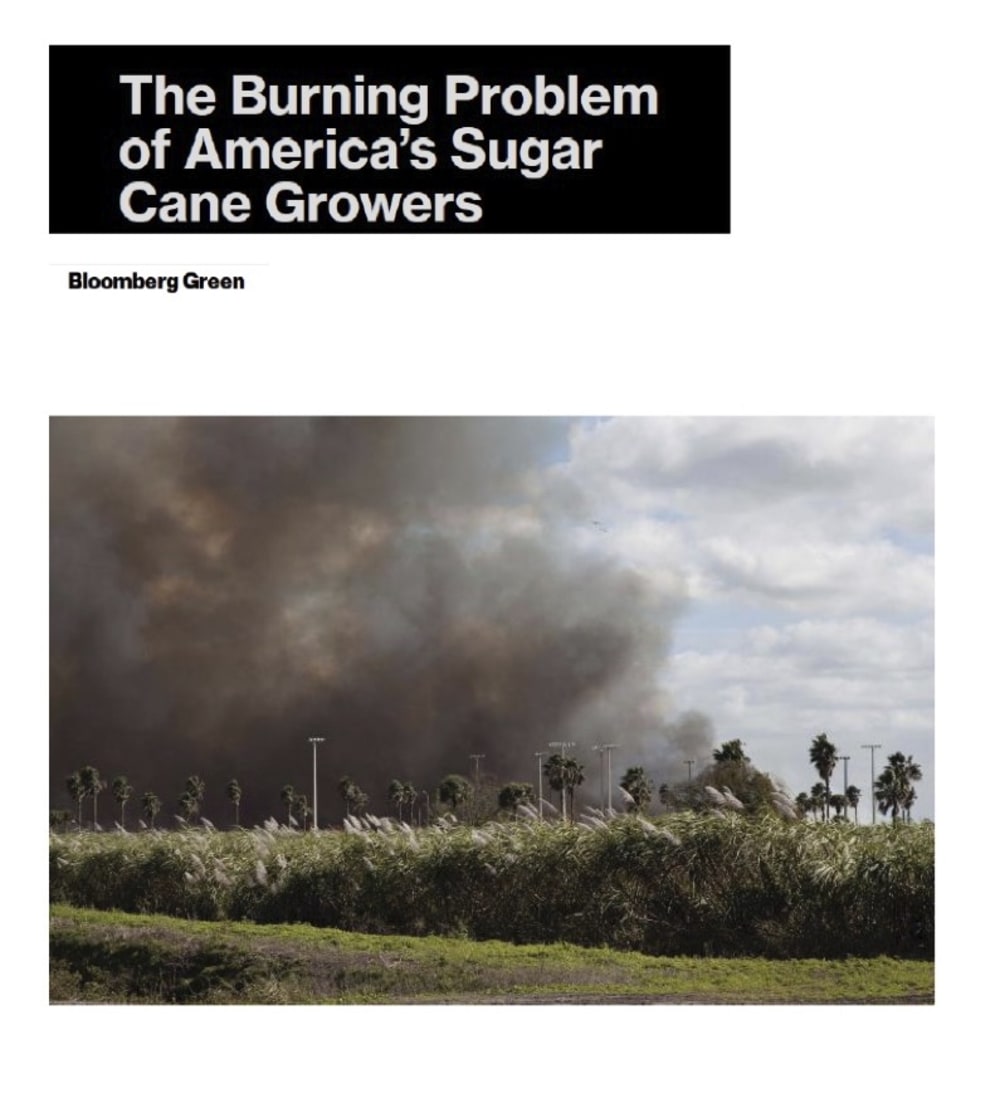A proven technology developed in Spain, and we plan to make a technology transfer to the US for the conversion of cellulosic biomass directly, in a one-step process and a matter of seconds and highly energy-efficient into renewable, carbon-neutral VLSFO (Very Low Sulfur Fuel Oil) as it is required by IMO2020 for sea ships and power plants. Further refined also road diesel and A1 jet fuel. In other words, it is possible to convert the cane trash into fuel oil, transforming the problem into an opportunity. Sugarcane trash burning is an archaic method, which is outdated and replaced by green harvesting. Even in Cuba, cane trash is collected and burned centrally. Brazil, Australia, and many other countries are increasingly adopting the cleaner solution.
The sugarcane industry claims switching to green harvesting would cost them $24 million per annum. If we collect the trash or they deliver it to us as a commodity, we can balance these costs—a win-win situation. The health risks of the population in the Glades would be eliminated.
We would create agricultural and other jobs in the area.
The cruise ship industry, which is under severe environmental scrutiny, would have the option to purchase our renewable, carbon-neutral VLSFO and reduce their carbon footprint by more than 75%. Only 50% is the target of IMO 2050, which could be already reached in 2030 or earlier.
A successful pilot project in Florida would open opportunities in other states like Louisiana, Texas, and California. In the northern States, woody biomass could be processed.
Current Fuel Prices and IRR. Due to the COVID-19 pandemic and the related negative influence on oil prices and all economic activities worldwide, even an approximate prediction of the IRR is not possible, as the current situation is still not stable.
However, as planning and permitting such a project will take at least one to two years, we can expect that oil prices, which have already started to recover rapidly, will increase in the future back to a level that allows us to compete directly with fossil fuels. The market has already substantially recovered from a low of $20 to $45/bbl as of August 2020. In December of last year, the price for VLSFO was in the range of $500-$700, while we can compete even at $300, though the IRR is not stunning at that price. Therefore, we can expect a project IRR between 15% and 25% under normal circumstances. In case of a solid and complete recovery, much higher. We have signed a contract with Maersk, the largest shipping company globally, to supply our products at a very attractive price of $ 850 per metric ton.
Besides the fuel, we have two additional revenue streams; bio-bitumen (approximately 35% of the fuel volume, and pyroligneous acid (wood vinegar), which is also called the “power food for the organic farming” and could cater to the needs of the over 130 farms operating in this segment in Florida.
Video
Like this entry?
-
About the Entrant
- Name:Shiva Vencat
- Type of entry:individual
- Patent status:patented








